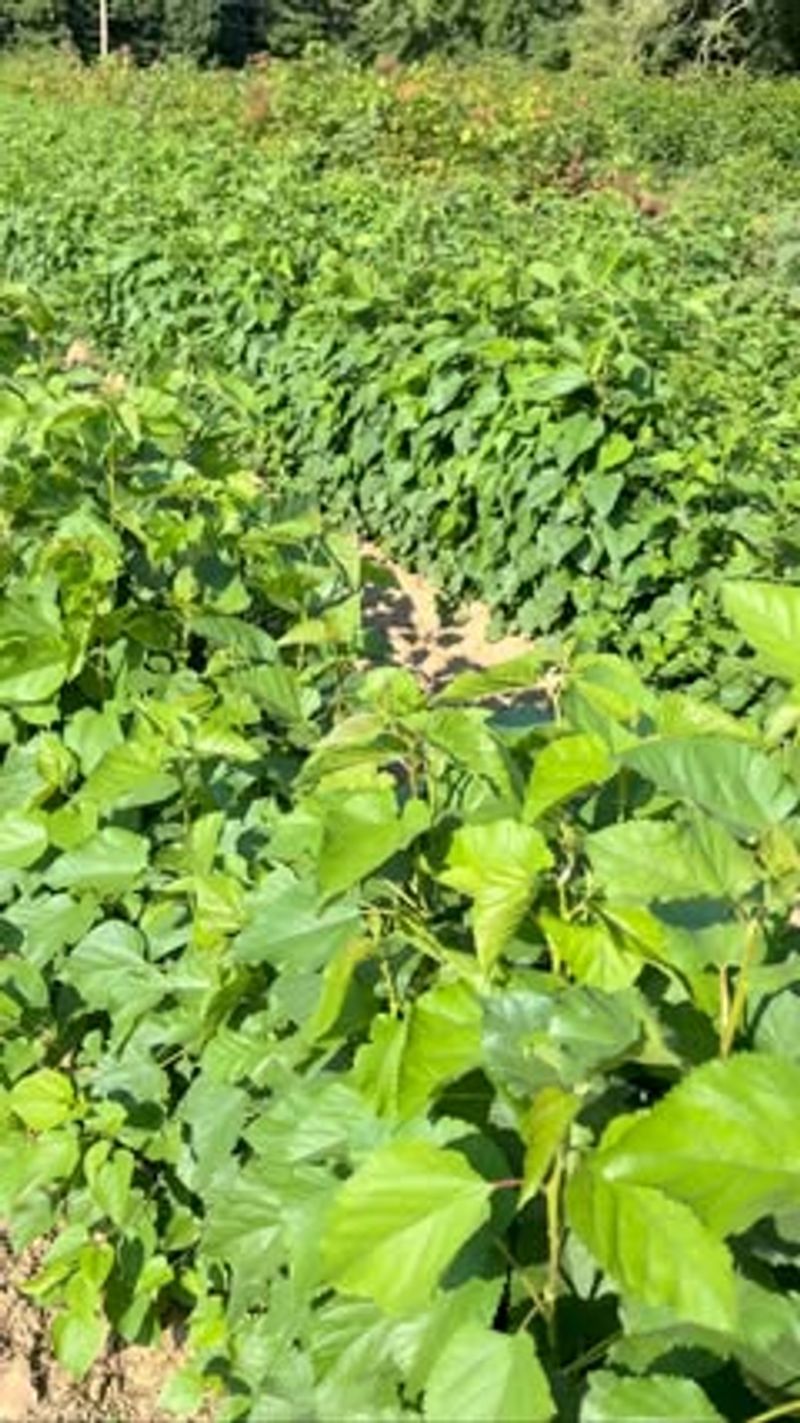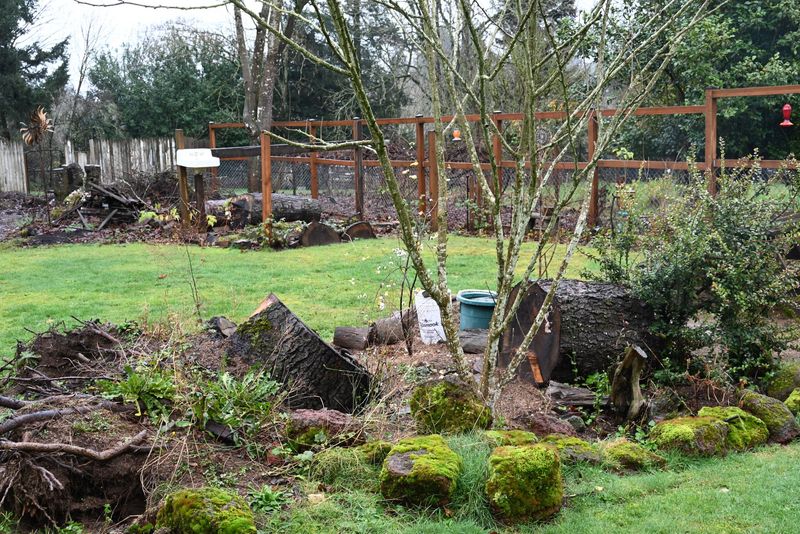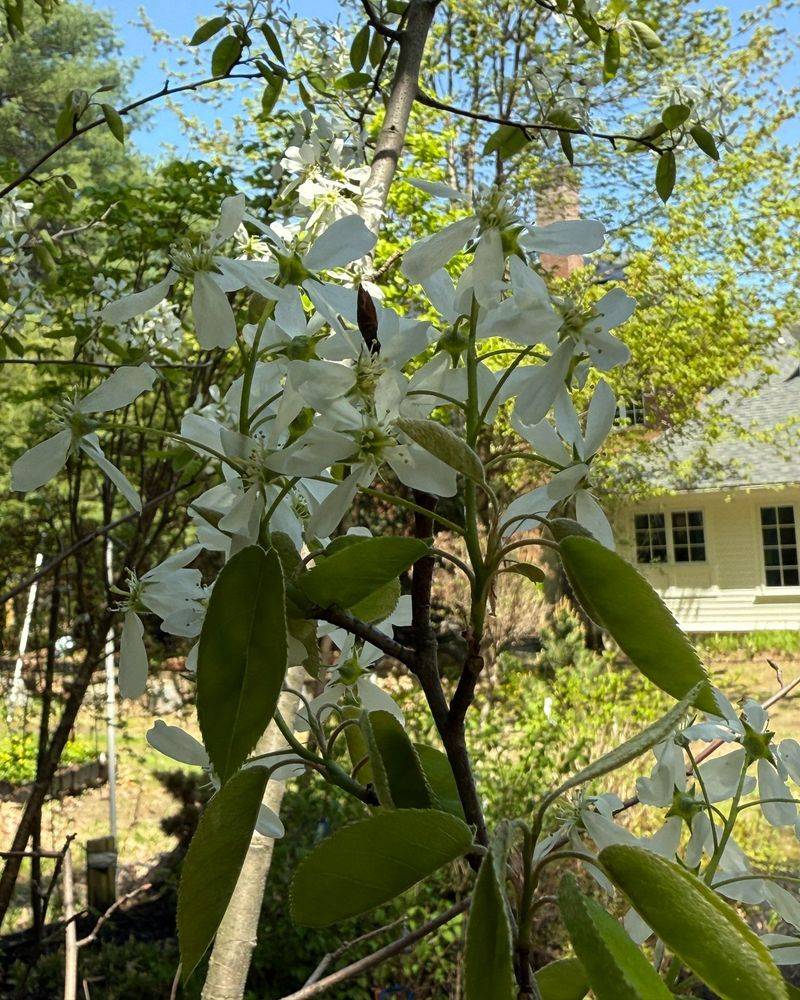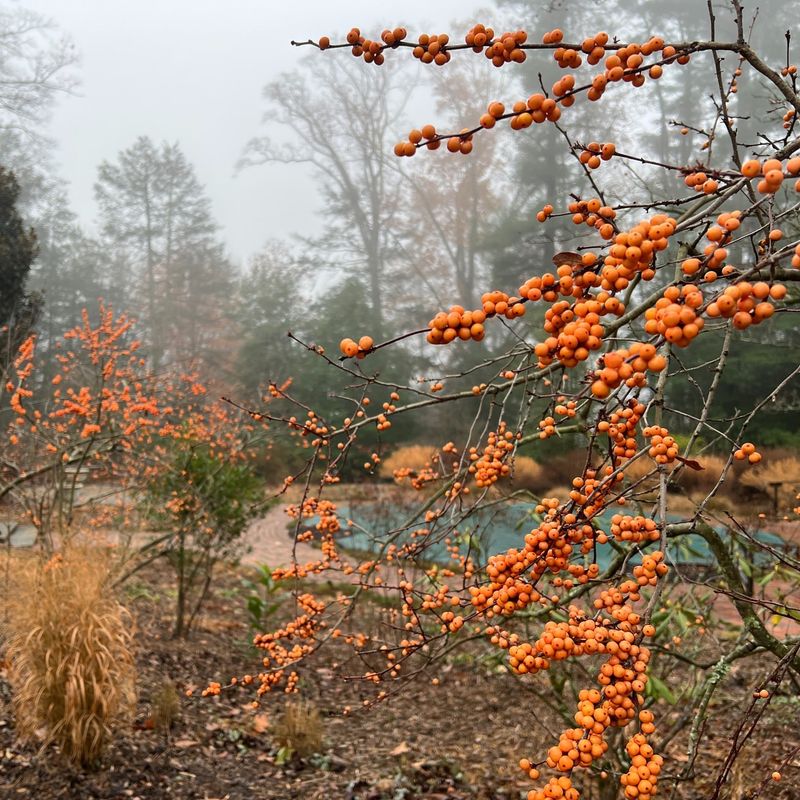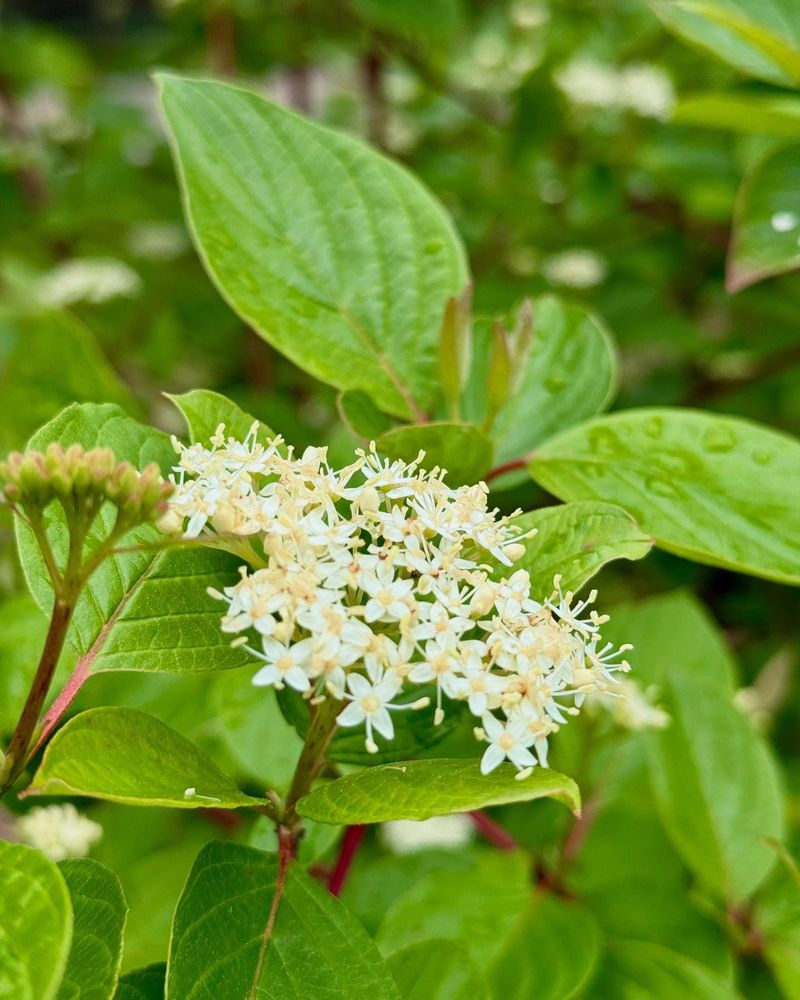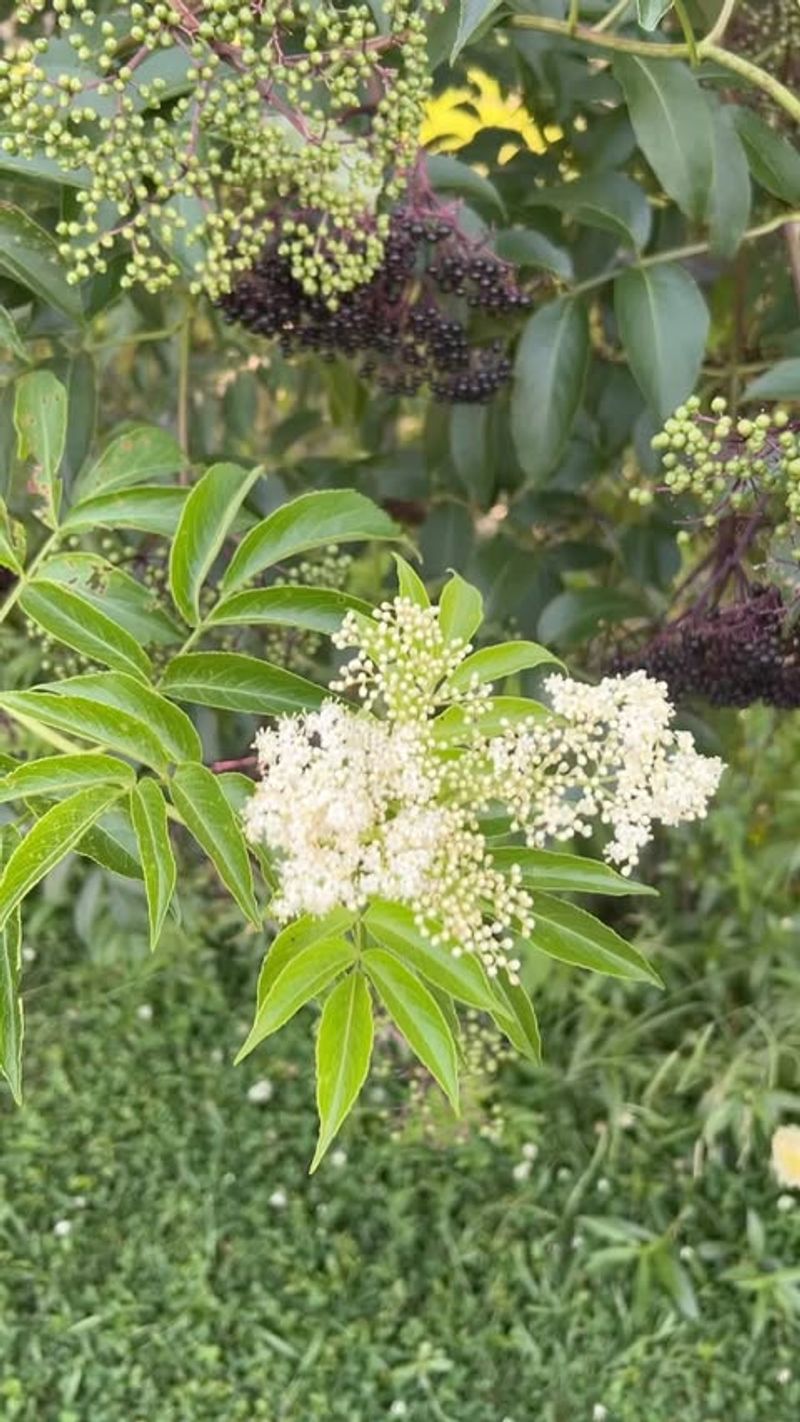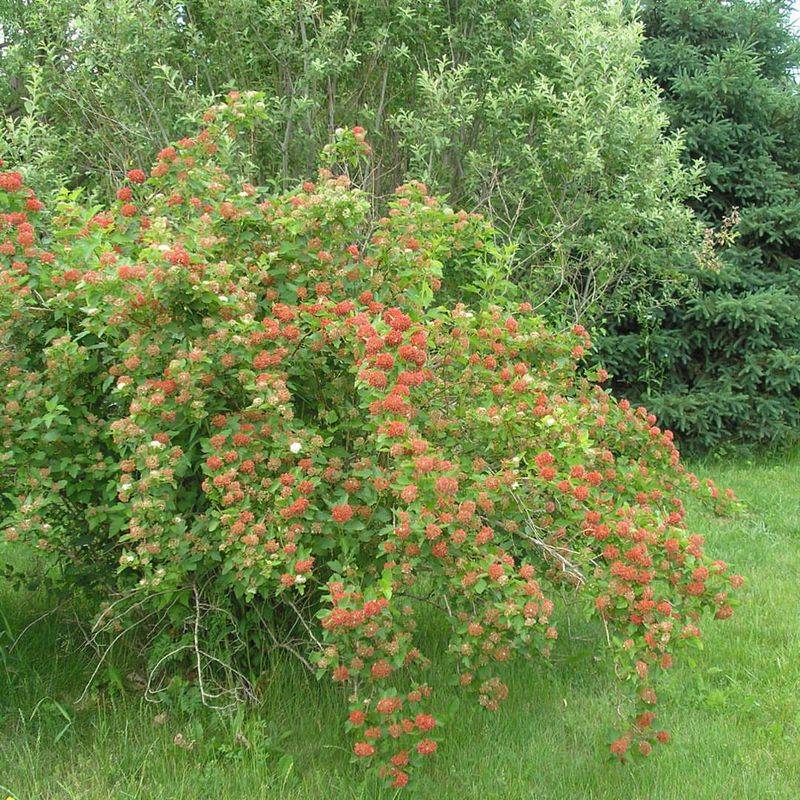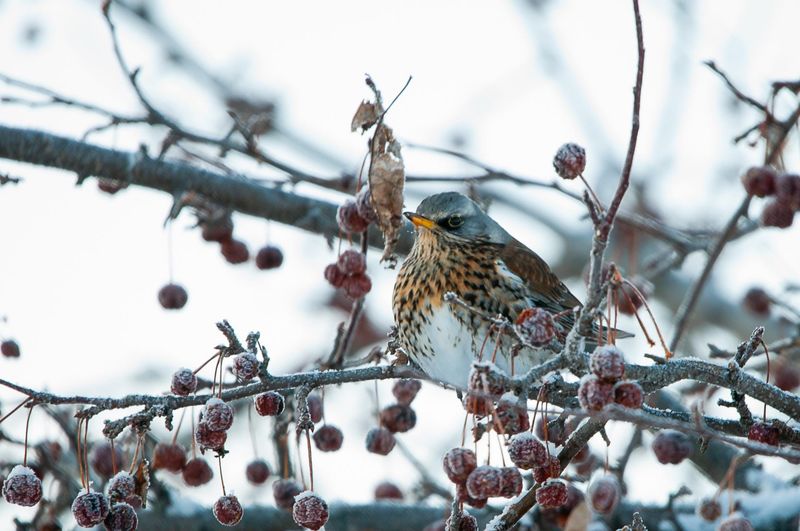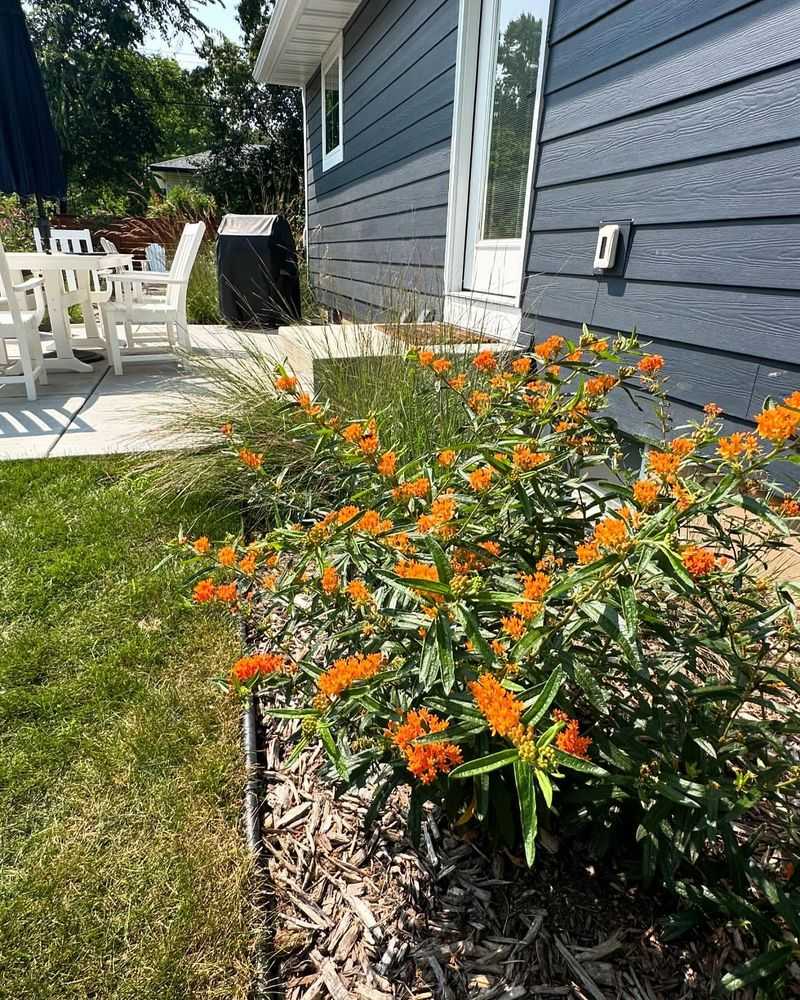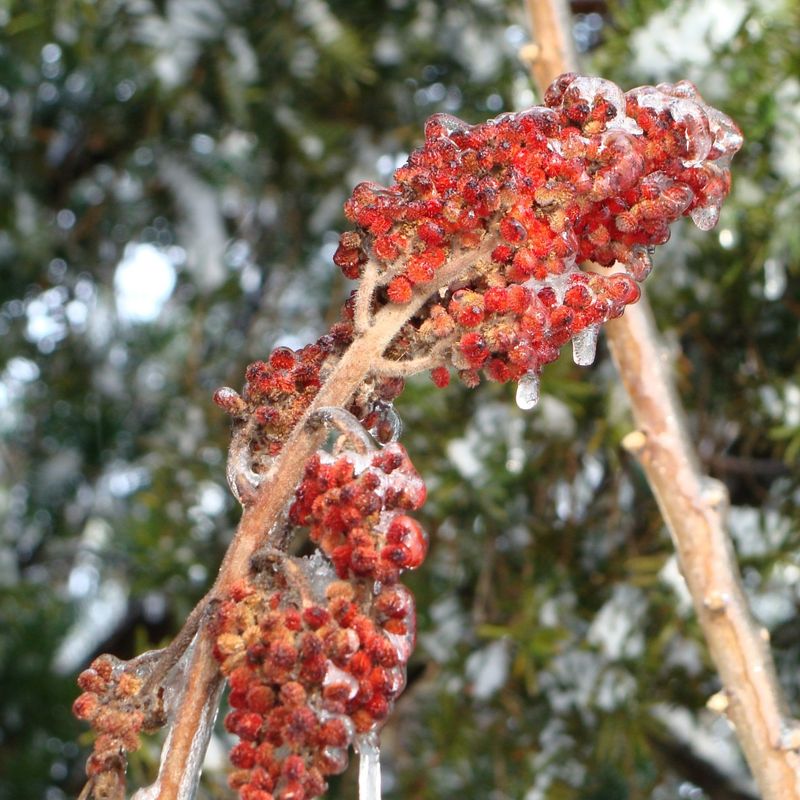Milwaukee gardens use living fences to welcome and support local birds in a natural way. These green barriers offer shelter and nesting spots that birds need to feel at home.
Native plants provide food and attract a variety of feathered visitors. This approach adds charm and privacy while helping local wildlife thrive.
Watching birds flutter through your garden brings a simple kind of joy to any outdoor space.
1. Arrowwood Viburnum Hedges
Berries galore attract thrushes and cardinals throughout Milwaukee’s changing seasons. Native to Wisconsin, this shrub creates dense cover where birds hide from predators.
Milwaukee gardeners plant these vibrant bushes in rows, creating protective corridors for birds to travel safely between larger habitat areas. Their white spring flowers also attract important pollinators.
2. American Hazelnut Borders
Nuthatches and woodpeckers flock to these productive shrubs for their protein-rich nuts. The catkins that appear in early spring provide nesting material when birds need it most.
Across Milwaukee’s urban neighborhoods, these native hazelnuts form beautiful barriers while supporting over 150 species of moths and butterflies, which become food for nesting birds.
3. Serviceberry Screens
Juicy berries ripen in June, providing a crucial food source when many young birds are learning to feed. The multi-stemmed growth pattern creates ideal nesting spots for smaller songbirds.
Milwaukee garden enthusiasts love how cedar waxwings and robins strip these trees clean during berry season. Their early white blooms also make them a beautiful spring feature in Wisconsin landscapes.
4. Winterberry Holly Barriers
Bright red berries persist through winter snow, offering vital nutrition when food is scarce. Unlike non-native holly varieties, this Wisconsin-friendly plant loses its leaves, making berries more accessible to hungry birds.
Milwaukee gardeners plant male and female varieties together to ensure berry production. The striking winter color creates a festive boundary that feeds bluebirds, robins, and thrushes during harsh months.
5. Dogwood Thickets
The bright red stems add winter interest while providing crucial perching spots for birds. Small white berries feed vireos, woodpeckers, and thrushes in late summer through fall.
Throughout Milwaukee’s neighborhoods, red-twig dogwoods create stunning living boundaries. Wisconsin gardeners appreciate how their dense growth pattern provides excellent cover for ground-feeding birds like juncos and sparrows.
6. Elderberry Screens
Purple-black berries attract over 120 bird species including warblers and thrushes. The umbrella-shaped flower clusters transform into berry bounties that birds can’t resist.
Many Milwaukee garden enthusiasts plant elderberry as a natural privacy screen. Wisconsin birds particularly benefit from the hollow stems that provide insect hunting grounds and occasional nesting spots for cavity-dwelling species.
7. Ninebark Hedgerows
Exfoliating bark provides natural nesting material for birds building spring homes. The arching branches create perfect spots for robins and cardinals to build their nests away from predators.
Wisconsin gardeners throughout Milwaukee choose ninebark for its drought tolerance and four-season interest. The dense growth creates safe travel corridors for birds moving between feeding areas in urban environments.
8. Crabapple Boundaries
Tiny fruits persist into winter, feeding cedar waxwings and grosbeaks during snow-covered months. The spreading canopy provides excellent shelter from both predators and harsh Wisconsin weather.
Milwaukee gardeners select disease-resistant varieties that hold their fruit longer. Birds particularly appreciate these living fences during migration seasons when they need quick energy sources for their long journeys.
9. Highbush Cranberry Rows
Bright red berries remain through winter, becoming sweeter after frost and more appealing to birds. The three-lobed leaves provide excellent hiding spots for nesting birds in spring and summer.
Across Milwaukee’s garden community, these native viburnums create wildlife-friendly boundaries. Wisconsin birds especially rely on these berries late in winter when other food sources have been depleted.
10. Staghorn Sumac Clusters
Fuzzy red berry clusters remain accessible even in deep snow, feeding chickadees and finches. The umbrella-shaped growth pattern creates natural shelter from both summer heat and winter storms.
Milwaukee’s urban gardens use these dramatic natives as stunning boundary markers. Wisconsin birds particularly value the dense branching that provides escape cover from neighborhood cats and hawks throughout the year.


